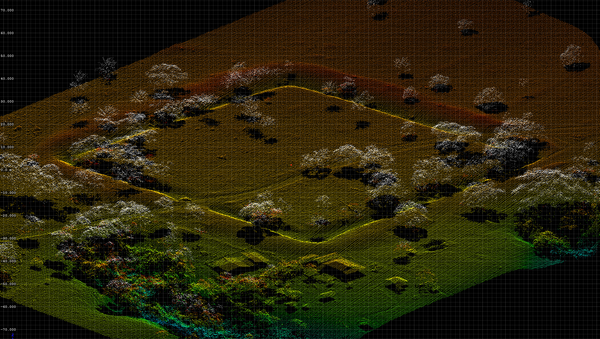British and Brazilian scientists found evidence of hundreds of fortified villages and extensive, geometrical earthworks in the rainforest region of Brazil, previously believed to be uninhabited by humans before Europeans arrived in the late 15th century.
The findings published last month in the Nature Communications journal state that these habitations may have covered an area of 400,000 square kilometers and could have housed between 500,000 and one million people between 1250 — 1500. The sites varied between man-made ditches, or geogylphs, 30 meters in diameter to much larger structures 400 meters in diameter. Geoglyphs were found in square, circular and hexagonal shapes.
Researchers are unsure what the geoglyphs were used for but suggest they could have been used for ceremonial rituals.
The 81 archaeological sites and 104 large geometrical earthworks were first discovered via satellite imagery. Excavation at 24 sites by archaeologists in the upper Tapajós Basin revealed ceramics, polished stone axes, fertilized soil samples and middens, or dumps for domestic waste. The findings also suggest that ancient communities didn't necessarily live on floodplains close to major waterways like previously assumed by archaeologists.
"There is a common misconception that the Amazon is an untouched landscape, home to scattered, nomadic communities," said Dr Jonas Gregorio de Souza, a researcher from the archaeology department at Exeter University and lead author of the study, Raw Story reported.
"This is not the case. We have found that some populations away from the major rivers are much larger than previously thought, and these people had an impact on the environment which we can still find today," he added.
"Most of the Amazon is still unexplored archaeologically," de Souza added.


